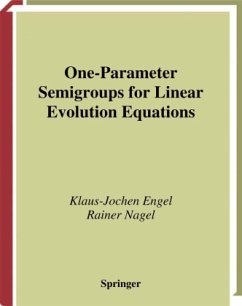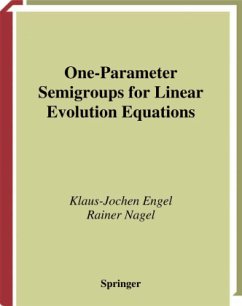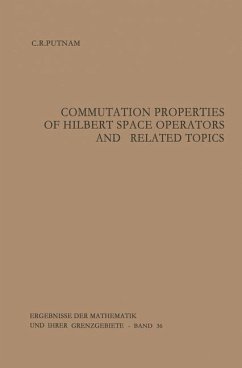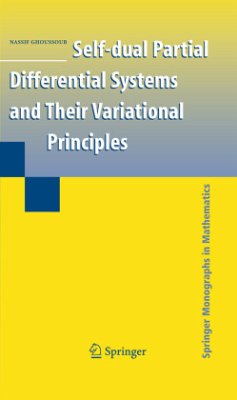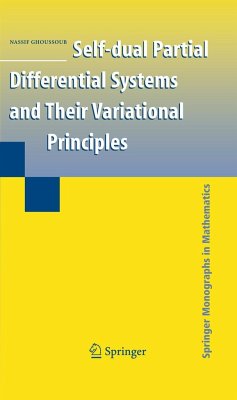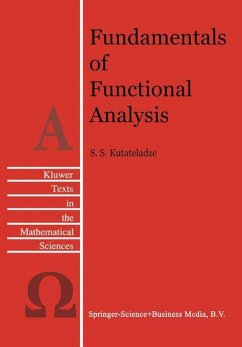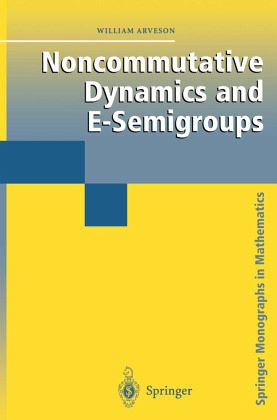
Noncommutative Dynamics and E-Semigroups
Versandkostenfrei!
Versandfertig in 6-10 Tagen
76,99 €
inkl. MwSt.
Weitere Ausgaben:

PAYBACK Punkte
38 °P sammeln!
These days, the term Noncommutative Dynamics has several interpretations. It is used in this book to refer to a set of phenomena associated with the dynamical evo lution of quantum systems of the simplest kind that involve rigorous mathematical structures associated with infinitely many degrees of freedom. The dynamics of such a system is represented by a one-parameter group of automorphisms of a non commutative algebra of observables, and we focus primarily on the most concrete case in which that algebra consists of all bounded operators on a Hilbert space. If one introduces a natural causal ...
These days, the term Noncommutative Dynamics has several interpretations. It is used in this book to refer to a set of phenomena associated with the dynamical evo lution of quantum systems of the simplest kind that involve rigorous mathematical structures associated with infinitely many degrees of freedom. The dynamics of such a system is represented by a one-parameter group of automorphisms of a non commutative algebra of observables, and we focus primarily on the most concrete case in which that algebra consists of all bounded operators on a Hilbert space. If one introduces a natural causal structure into such a dynamical system, then a pair of one-parameter semigroups of endomorphisms emerges, and it is useful to think of this pair as representing the past and future with respect to the given causality. These are both Eo-semigroups, and to a great extent the problem of understanding such causal dynamical systems reduces to the problem of under standing Eo-semigroups. The nature of these connections is discussed at length in Chapter 1. The rest of the book elaborates on what the author sees as the impor tant aspects of what has been learned about Eo-semigroups during the past fifteen years. Parts of the subject have evolved into a satisfactory theory with effective toolsj other parts remain quite mysterious. Like von Neumann algebras, Eo-semigroups divide naturally into three types: 1,11,111.







